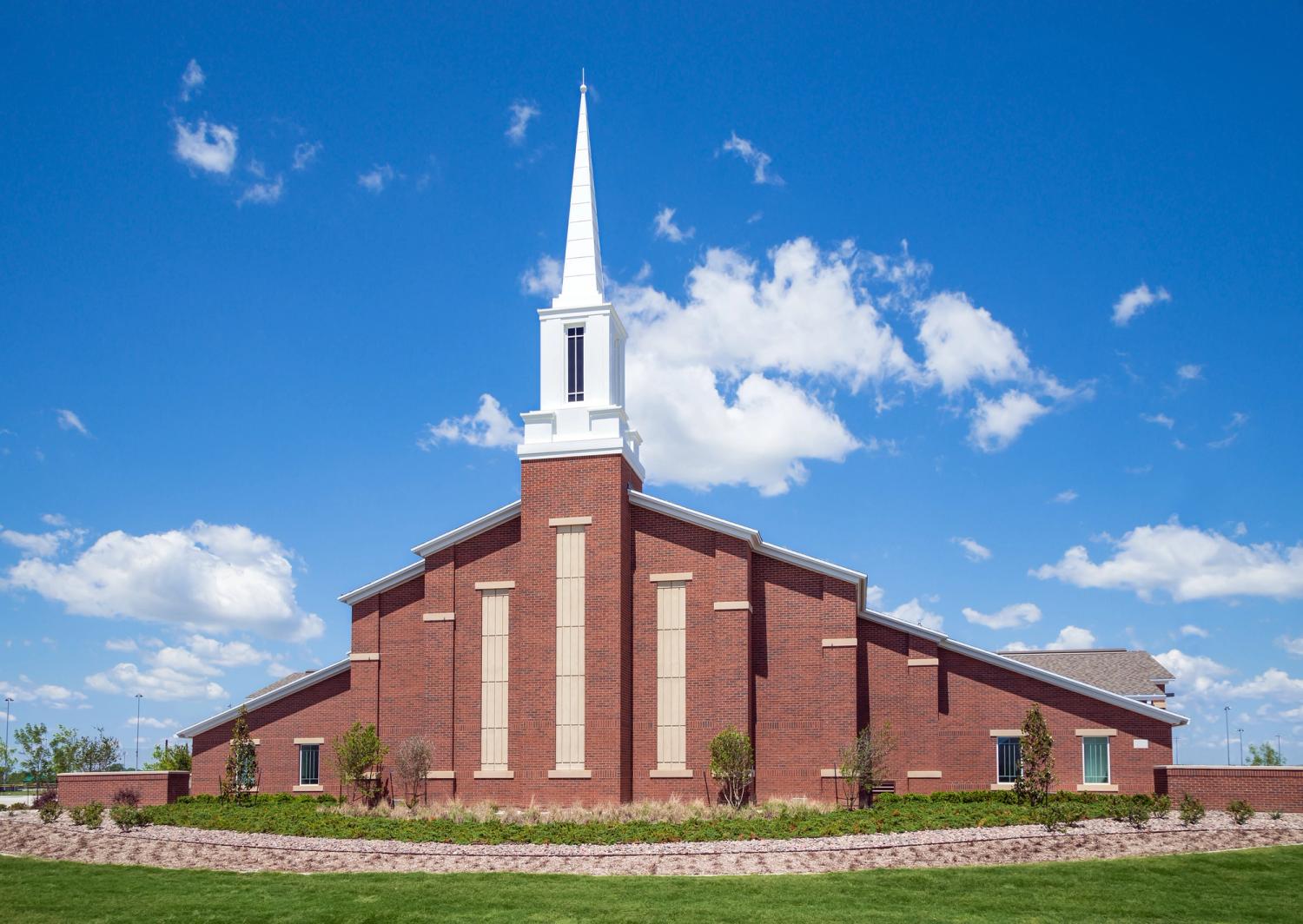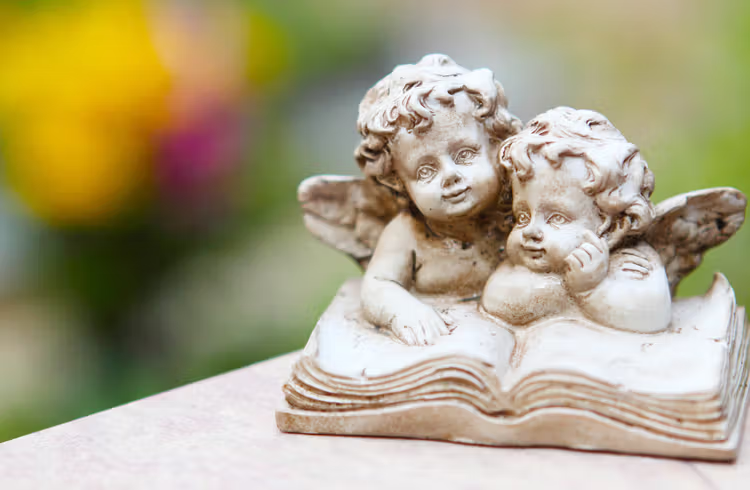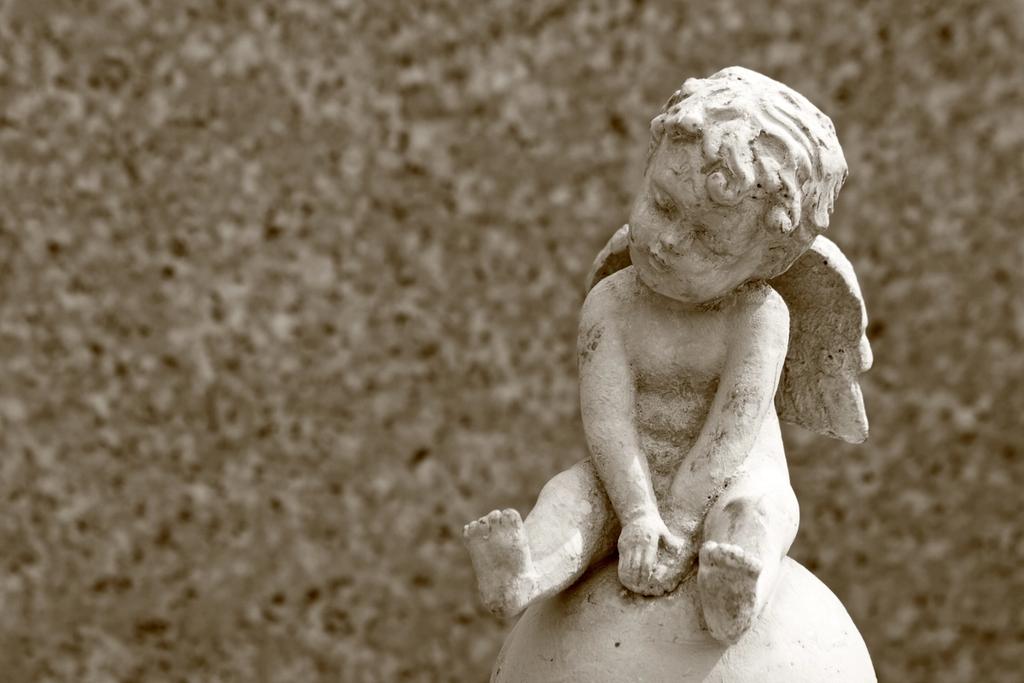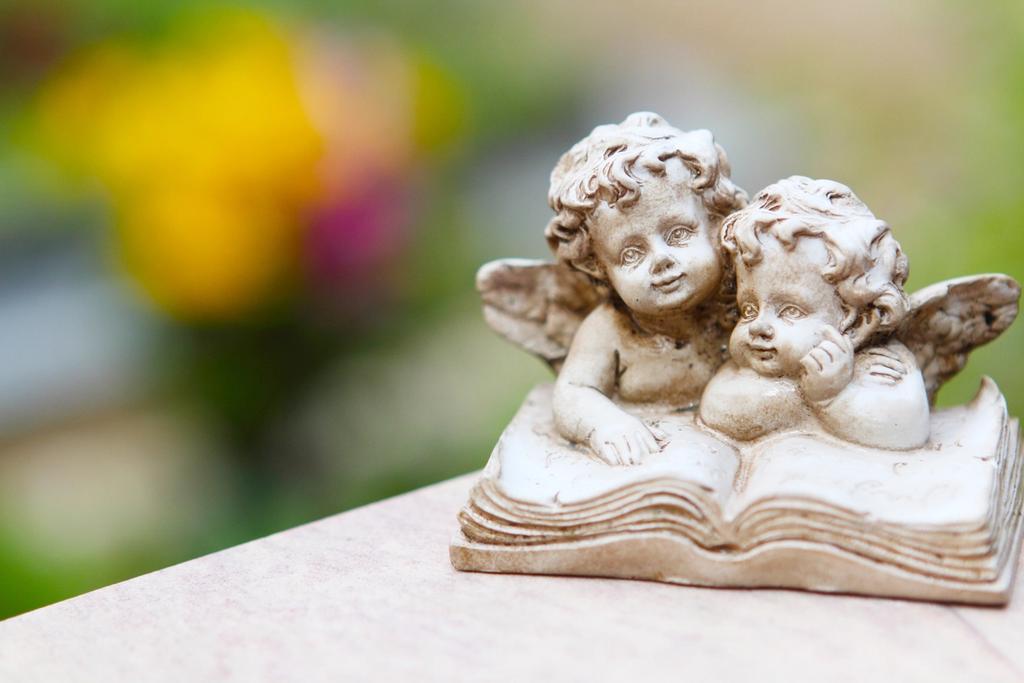Latter-Day Saints (Mormon) Funeral Traditions
Many Mormons believe that upon death the soul is judged and, based on the soul’s general goodness, is sent to either spirit paradise or spirit prison.

While there are differing degrees of orthodoxy within the Mormon faith, Mormons commonly believe that death is the separation of the soul from the body. Many Mormons believe that upon death the soul is judged and, based on the soul’s general goodness, is sent to either spirit paradise or spirit prison. When Christ returns to earth, souls are again judged and sent to either the Celestial Kingdom (the highest heaven for those who honored all the covenants of the Church and were valiant in their testimony of Jesus Christ, and all children who died before the age of eight), the Terrestrial Kingdom (for those who led honorable lives but were not valiant in their testimony of Jesus Christ), or the Telestial Kingdom (for those who refused to repent).
After Death Has Occurred
When a Mormon dies, a bishop should be contacted to make arrangements for the funeral and help with finding a funeral home. (While the funeral home doesn't have to be an expressly Mormon funeral home, it should be familiar with the religion's traditions.) The bishop may also be able to help with notifying friends and relatives and preparing an obituary. The bishop will notify the Melchizedek Priesthood leader (high-level priest) who will take over supporting the family of the deceased.
Organ Donation
Organ donation is acceptable to Mormons.
Cremation
While cremation is not prohibited for Mormons, it is not encouraged, and the Church prefers that bodies be buried rather than cremated.
To learn about the differences between burial and cremation see our article: How To Choose Burial or Cremation
Embalming
Embalming is acceptable for Mormons.
To learn about this topic see our article: Embalming
When To Hold A Mormon Funeral
Funeral services are not usually held on Sundays.
Preparing The Body
If the deceased received his or her temple endowment (Church initiation in the form of instruction, ordinances, and covenants), he or she will be buried in temple garments (Church-issued white underwear) and temple clothing. For women, temple clothing includes a long-sleeved, floor-length white dress (or blouse and skirt), white stockings, and white shoes. For men, temple clothing includes a white long-sleeved shirt, white pants, a white tie, and white socks and shoes. The temple clothing may be the deceased’s own—there is no need to purchase new temple clothing for burial. If the deceased’s body is too fragile to be dressed, the temple clothing may be placed inside the casket next to the body. The deceased should be dressed in his or her temple clothing by an endowed family member of the same gender. If an endowed family member of the same gender is not available, a bishop may assign an endowed man to dress a deceased man or have the Relief Society (Church women’s organization) assign an endowed woman to dress a deceased woman. If, by law, only a registered funeral director is allowed to handle the body, an endowed family member should ensure that the body has been properly dressed.
Viewing, Wake, Or Visitation Before A Mormon Funeral
It is common to have a brief open-casket viewing before the funeral service. The viewing is often held at the same location that the funeral service will be held, but may also take place at a mortuary or funeral home. The viewing is usually open to all mourners, though there is generally time set aside at the end of the viewing for only family members. After the viewing and before the funeral service, the family may ask the bishop to offer a prayer for the family, after which the family closes the casket.
Where To Hold A Mormon Funeral
Mormon funerals usually take place in an LDS Church building or in the chapel of a funeral home, though the service may be held at the graveside.
The Mormon Funeral Service
The service should be led by a bishop or a member of the bishopric, though it may be led by a General Authority (Church leader), a stake president (leader of an administrative unit composed of multiple congregations), or an Area Seventy (priest within a geographically defined area) should one be present at the funeral.
The Mormon funeral is a religious service, and offers an opportunity for the Church to teach the gospel. As Mormons believe in life after death, funeral services are generally serious but celebratory events. The service will often contain songs, hymns, prayers, tributes to the person who died, and a sermon. While family members have the option of speaking at the funeral, they are not required to do so.
Interment
After the funeral, the bishop or a member of the bishopric will accompany the family to the cemetery for the burial. A Melchizedek Priesthood holder may dedicate the grave or offer a graveside prayer.
Post-Funeral Reception
After the interment, there is usually a reception for the family and close friends, though the larger community may be invited as well. The meal, called a “mercy meal,” is prepared by the Relief Society. The reception offers mourners an opportunity to connect with each other and remember the life of the deceased.
If you are planning or attending a post-service reception see our articles: Post-Funeral Reception | Post-Funeral Reception Etiquette
Mourning Period Or Memorial Events
There is no prescribed mourning period or memorial events for Mormons.
- How To Express Sympathy: What To Say And What...We’ve compiled a list of things to say—and things to avoid saying—when...Read more
- A Quick Overview Of Proper Funeral EtiquetteFunerals are emotionally complex, and knowing how to act can present a...Read more
- Paying Final Bills, Dues, And Estate ExpensesIn order to settle the estate, all outstanding bills and dues that the...Read more
- Funeral Pre-Planning Cheat SheetPlan now, rest later.Read more



